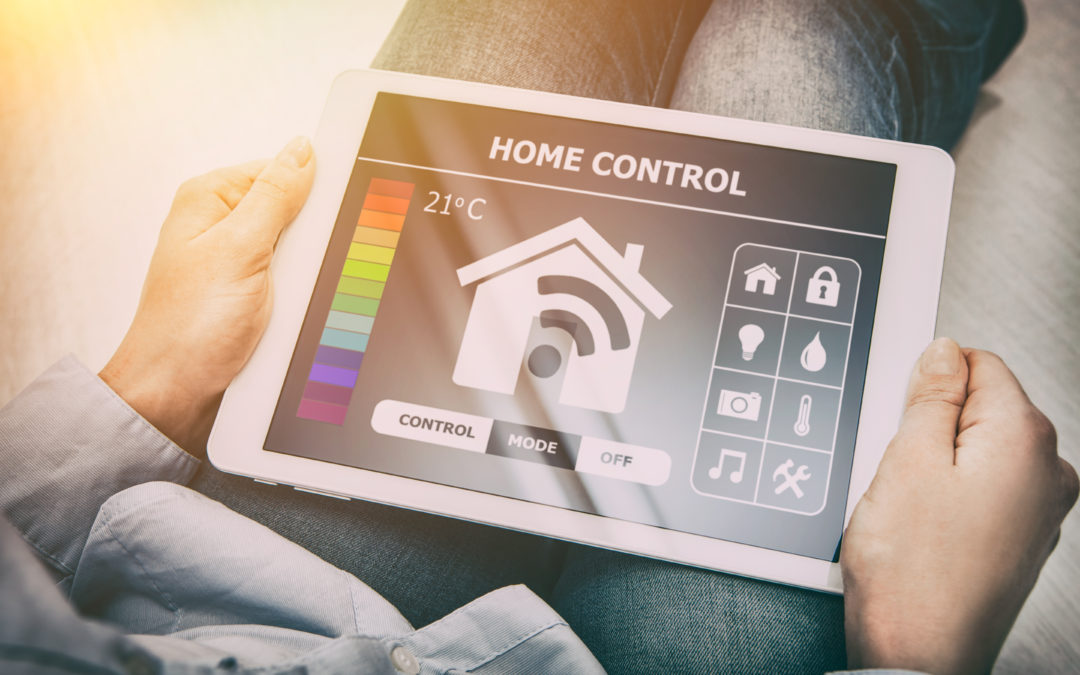A staggering 26 percent of Americans who have broadband own some type of smart home device, with the most popular being keyless entry and smartphone-controlled thermostats and security. These devices can provide safety, security, and convenience, and can raise the value of the home itself. New advances in technology are making it easier than ever for homeowners with average incomes to purchase and implement intelligent appliances. While the number of smart home devices is expected to rise exponentially in the coming years, real estate agents shy away from displaying smart device features prominently within market listings. But why?
Many agents are unsure of the skill level needed to operate the devices, while others don’t see the true value of the feature itself. Whether for lack of skill or an abundance of apathy, as smart home devices become more prevalent and considered by prospective buyers, agents who aren’t properly publicizing smart products could be missing out on leads, buyers, and possible commissions. The current most popular additions to the home are devices that are convenient or make the homeowner feel secure. Keyless entries, learning thermostats, remote-access security, and fluctuating lighting are the top smart home devices sold, but others such as self-sanitizing floors, central vacuum systems, and automatic control blinds are quickly becoming commonplace.
Listing Productively
When listing a smart home, it is imperative to communicate the features of the home. This can be a challenge when you are working with limited space and viewing time. Instead of listing photos with the home, consider a video tour that can demonstrate the smart home features. In the listing itself, it is important to list not only the smart devices and features but also the benefits of having each device. For example, instead of the listing ad saying the home has keyless entry, add flare by stating that the buyer will never again need to dig for their keys in the rain. Adding benefits with each feature can help potential buyers picture themselves using the products realistically, which can lead to more serious communication.
Showing Off
To productively show a smart home, take some extra time for preparation. It is a good idea to know how to operate each device and to have them connected to a tablet or system that potential buyers can try. Preprogram activation for during the tour to help demonstrate the working device.
Imagine a potential buyer walking into a dining room, and the lights come on and the shades rise. This will have a bigger and better effect on your clients than an ad that tells about the feature. Once the device is activated and your clients have seen it in action, give them a chance to try it for themselves. This action not only helps ease fears of workability but also can create an appeal that will help your home stand out among the many they have toured.
Smart homes can be a new and interesting adventure for both the agent and the buyer but will require extra effort on the agent’s part. The reward, however, is likely to amount to a more well-received listing and showing, a higher settling price, and fewer days on market.

